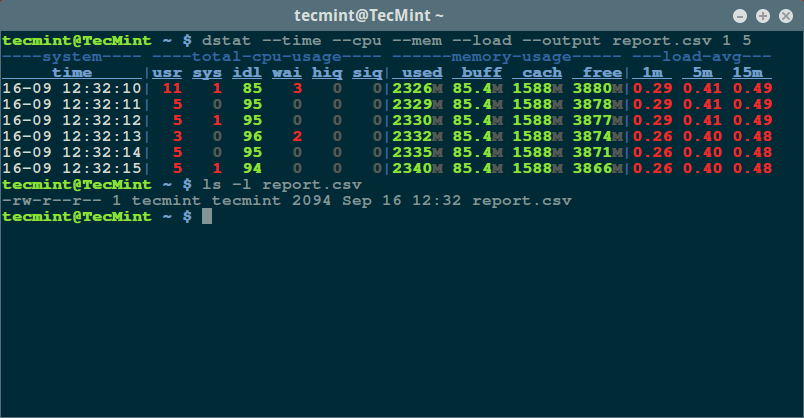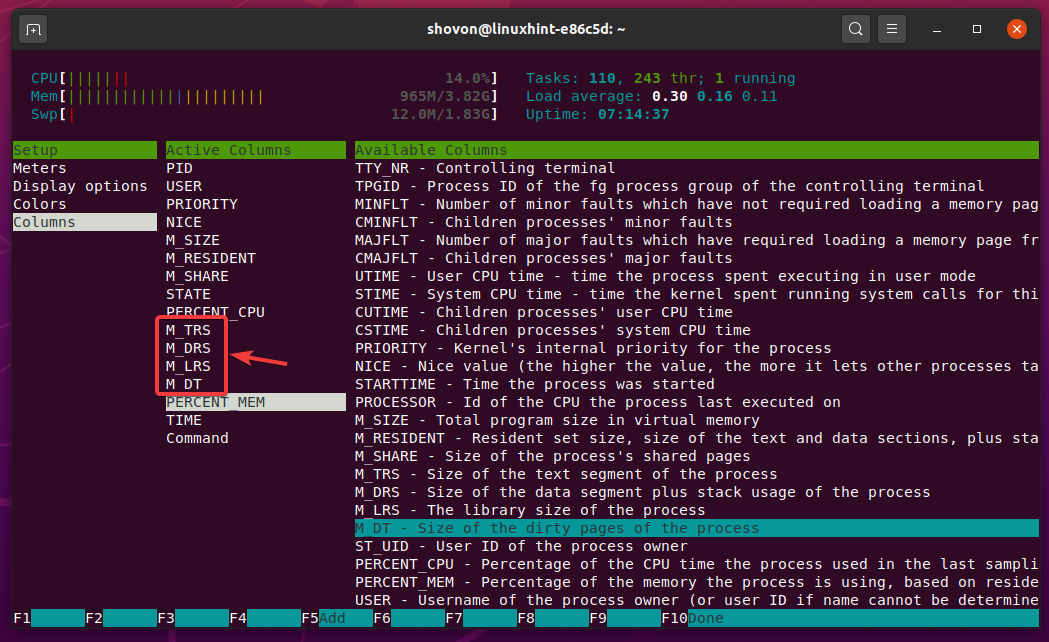

When the physical memory is displayed, the percentage represents the scaled values in the following order: S - Process Status The status of the task which can be one of:.%MEM - Memory Usage (RES) A task’s currently used share of available physical memory.%CPU - CPU Usage The task’s share of the elapsed CPU time since the last screen update, expressed as a percentage of total CPU time.The three most important data to read are: Note that the virtual memory data is an estimation of physical memory available for starting new applications, without swapping. It reflects physical memory, classified as: total, free, used and buff/cache and also reflects virtual memory, classified as: total, free, used and avail (which is physical memory). The most important data displayed by top is the memory usage (consists of two lines which may express values in kibibytes (KiB) through exbibytes (EiB) depending on the scaling factor. Line 2 shows CPU state percentages based on the interval since the last refresh.That total is further classified as: running sleeping stopped zombie. Line 1 shows total tasks or threads, depending on the state of the Threads-mode toggle.The main top screen displays “TASK and CPU States” in minimum of two lines. When started for the first time, you’ll be presented with these traditional elements on the main top screen: The types of system summary information shown and the types, order and size of information displayed for processes are all user configurable and that configuration can be made persistent across restarts. It can display system summary information as well as a list of processes or threads currently being managed by the Linux kernel.

It shows a dynamic real-time view of a running system processes.

Top command is used to display Linux processes.


 0 kommentar(er)
0 kommentar(er)
